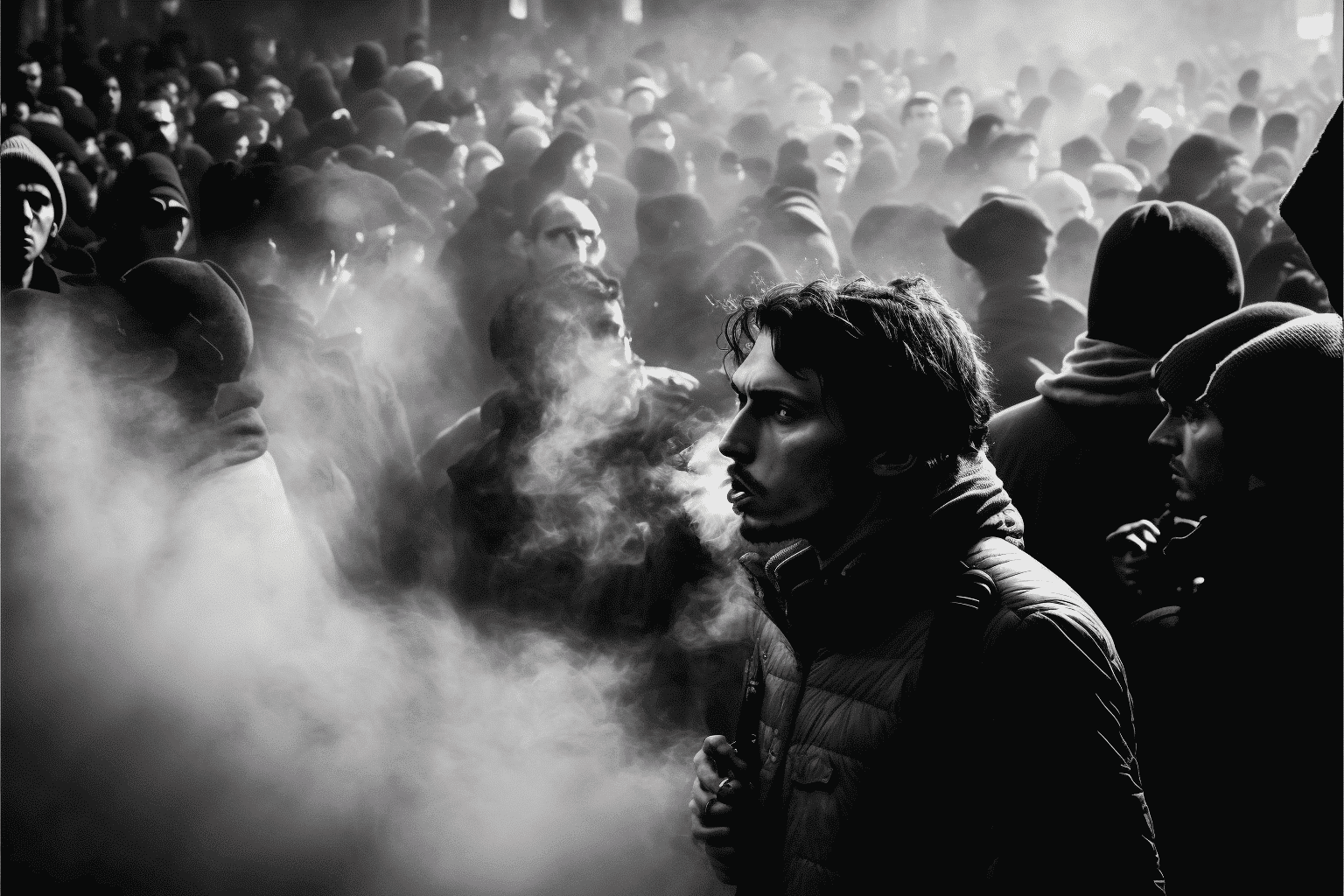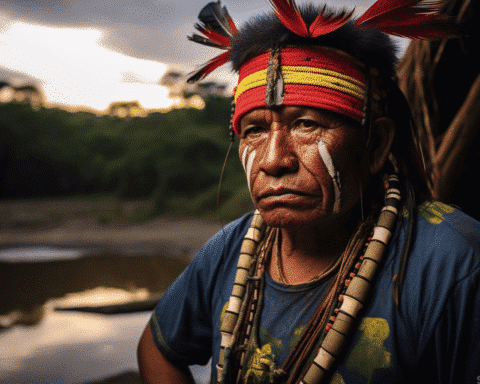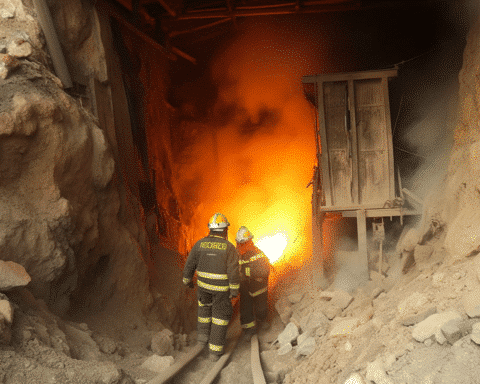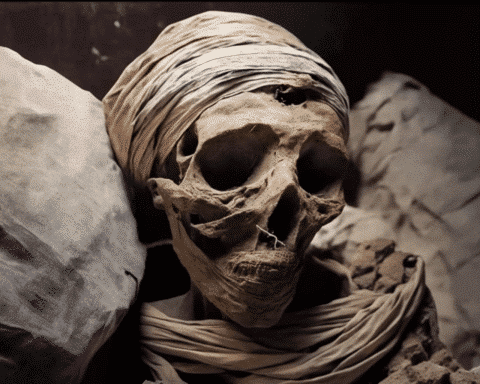Peru’s capital, Lima, was the scene of intense protests and clashes with police on Thursday as thousands of demonstrators took to the streets, demanding the ouster of President Dina Boluarte. The protests, which Peru’s worst political violence has marked in more than two decades, have exposed deep divisions between the country’s urban elite, concentrated in Lima, and poor rural areas.
“We’re at a breaking point between dictatorship and democracy,” explains Pedro Mamani, a student at the National University of San Marcos, where protesters were staying.
The Roots of the Protests
The protests have been ongoing for several weeks, with many coming from remote regions where dozens have died in unrest since Peru’s first leader from a rural Andean background, former President Pedro Castillo, was removed from office last month. After a failed attempt to dissolve Congress, Castillo was impeached and placed in detention. He is awaiting trial for rebellion.
The protesters blame Boluarte for the violence and are calling for her resignation and new elections. The anger at Boluarte was the common thread on Thursday as protesters called for her resignation and street vendors sold T-shirts reading, “Out, Dina Boluarte,” “Dina murderer, Peru repudiates you,” and “New elections, let them all leave.”
Deep Divisions and Economic Inequalities
The protests have also highlighted the economic and social inequalities that exist in Peru, with many rural and indigenous communities feeling marginalized and left behind by the government. Paulina Consac, a protester, said, “Our God says thou shalt not kill your neighbor. Dina Boluarte is killing, she’s making brothers fight.”
The police have been heavily deployed in Lima, with 11,800 officers on the streets to control the protests. Still, clashes had escalated by sundown, as a fire occurred at a building near Plaza San Martin late that night. However, no connection to the protests was immediately clear.
Violence and Injuries
According to Peru’s ombudsman, at least 13 civilians and four police officers were injured in protests in Lima on Thursday. A total of 22 police officers and 16 civilians were injured throughout the country, Interior Minister Vicente Romero Fernández said.
During a televised speech Thursday night, Boluarte was defiant, thanking police for controlling “violent protests” and vowing to prosecute those responsible. According to Boluarte, elections for president and Congress should be held in 2024, two years earlier than originally planned.
Also, the president accused the protesters of breaking the law and questioned their funding, accusing them of lacking a social agenda the country needs.
International Condemnation
The violence has also sparked condemnation from international organizations, with the United Nations and the Inter-American Commission on Human Rights expressing concern over the use of force by the police and the detention of former President Pedro Castillo.
The Tense Situation in Peru
Many political analysts predict the crisis in Peru is far from over, as the government has not addressed the underlying issues and discontent that fueled the protests. Some political observers and experts predict that the political instability, protests, and civil unrest could continue in Peru if the government does not take steps to address the underlying issues fueling the protests, such as poverty, inequality, corruption, political representation and accountability.
The disruption caused by the protests has also had a significant impact on the lives of Lima residents, with key roads being turned into large pedestrian areas, and many residents being advised to stay indoors. Protests played out as a cat-and-mouse game for much of the day, with protesters, some of whom threw rocks at law enforcement, trying to get through police lines. In response, officers fired tear gas, sending protesters fleeing, with vinegar dipped rags used to ease the sting.
The Future of Peru
The future of Peru remains uncertain as the country continues to grapple with deep-seated issues that have led to widespread discontent and political instability. The government needs to take immediate steps to address the underlying issues fueling the protests, such as poverty, inequality, corruption, political representation and accountability, to prevent further civil unrest and violence.
In the meantime, the situation in Peru remains tense, with deep divisions between the urban elite and rural areas and ongoing political instability. As the country struggles to find a way forward, it is clear that the future of Peru will be shaped by its leaders and people’s actions.




